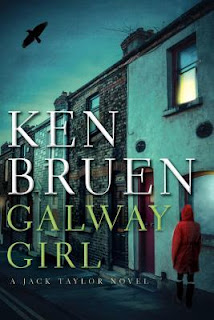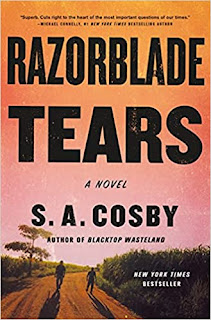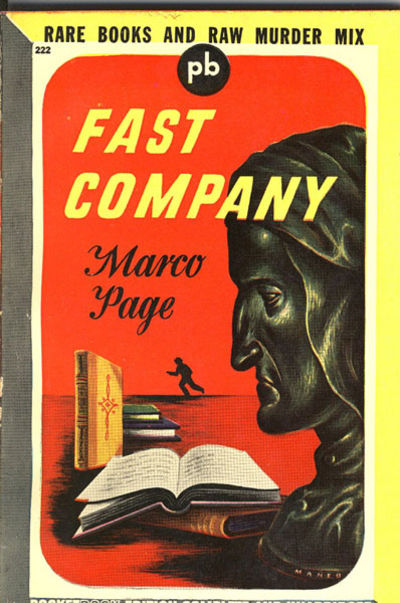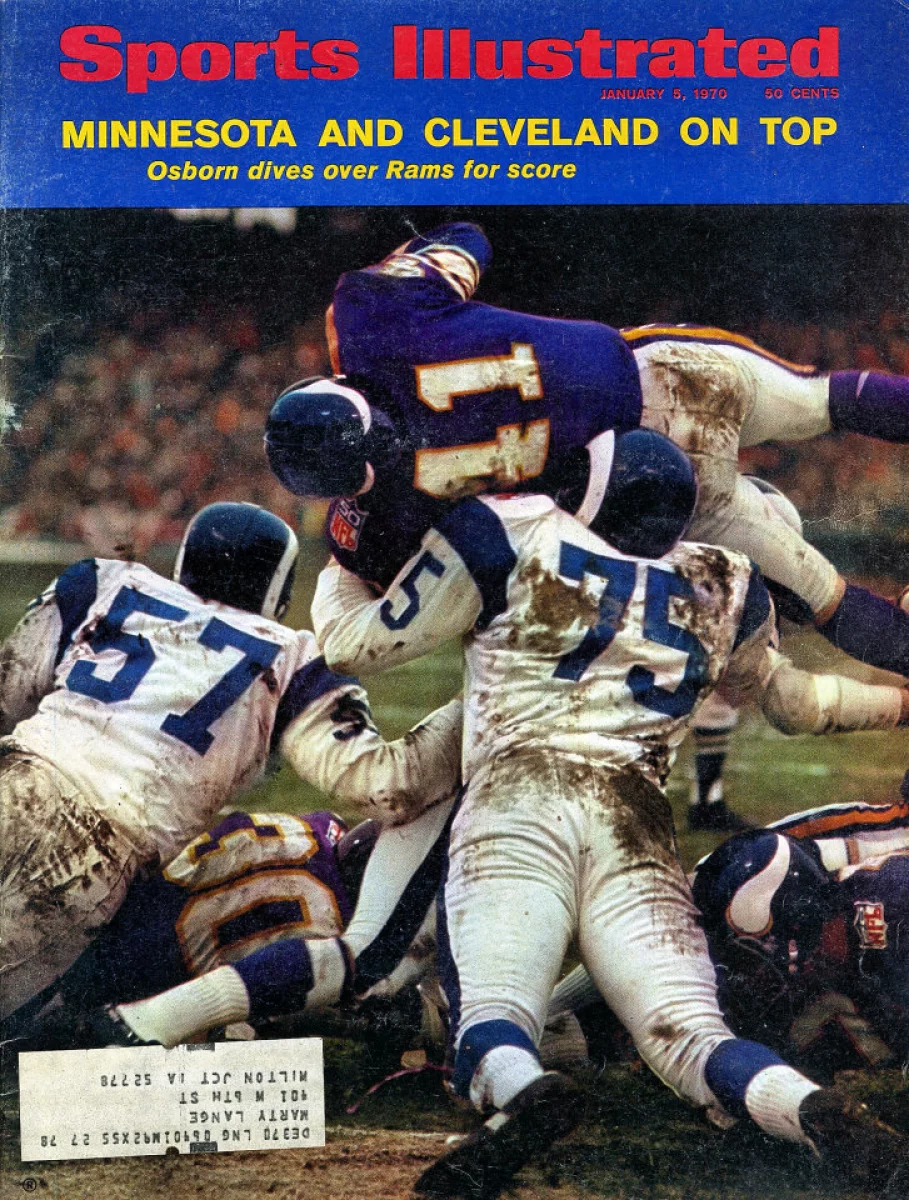One of the fun things about the pre-Christmas television extravaganza is all the ads for things that you might never have thought of as good Christmas presents. The brand-new car with giant bow, for example, would never have happened in my family, nor ever will.
One of my favorites was the gift of Botox "for lines" - with supposedly 30-something actresses (played by, probably, teenagers) rejoicing at this touching proof of her husband's care instead of hitting him up the side of the head and checking his internet history and cookies. Every time it ran - which was often, I made up a new slogan for it:
"Botox: so that you never have to worry that your forehead moving again."
"Botox: make your face match your Chico's!"
"Botox: because wrinkles are icky."
"Botox: because they told me you'd love it."
There was also the perennial ads saying, "Give the gift of lottery tickets to everyone on your list!" Because yeah, that way they get to know exactly how much money you're willing to spend on them - three dollars. Five, if you put it in a card.
Speaking of gambling, the Royal River Casino, was advertising just about every hour on the hour that with every "100 points" you earned gambling, you'd get a piece of cookware! Gamble your Christmas money away and get a free Dutch oven! Sauce pan! A skillet! And then you can go home, and give your spouse that skillet as a Christmas present, which s/he may use as in the reaction to Botox for Christmas above.
BTW, this reminded me of Jean Shepherd's In God We Trust, All Others Pay Cash. I read this when I was a teenager, and loved it. The movie, A Christmas Story, only included a minimum of the book, but I understand another one - My Summer Story - included my favorite part, which was the Great Free Dish Giveaway.
Now when I was a kid, besides Green Stamps at the grocery store, you could get glassware and/or dishes at the gas station (B.C. and Flintstone were popular glassware, and we had some of that). You could also get dishes and/or towels in laundry detergent, but my mother never bought those, because the dish/towel usually took up most of the box. Jean Shepherd's story is a classic of the giveaway with purchase sales technique:
"Finally the doors opened and the mob surged forward. The Box Office roared with activity as we pushed and stumbled toward the marquee. Just inside the door Mr. Doppler and two ushers stood, packing cases stacked behind them, handing out to each lady a beautiful, gleaming butter dish.
"What a start! Doppler, the master showman, realized that a smash opening was imperative for the success of any Big Time act. He could have opened with a prosaic cup or saucer, but his selection of a butter dish as an opener was little short of total inspiration. Handing a butter dish to housewives who came, almost to a woman, from Oleomargarine families was masterful. In fact, few people in the crowd had ever even seen a butter dish before and some had to be told how to use it. My mother, a reader of Good Housekeeping, recognized the rare object for what it was, a symbol of Gentility, Good Taste, and the Expansive Life. She was delighted...
"Mr. Doppler beamed, his black suit crinkling as he clanked out butter dish after butter dish, distributing largess to the multitude. “Next week there’ll be a different piece, lady,” he said over and over. “Maybe a bun warmer, who knows?” Thus he insidiously planted the seed in the mind of each butter-dish clutcher that next week could be even more Exotic. The hackles of desire rose even higher as they filed into the darkened auditorium. “What is a bun warmer?” “You warm buns in it, you idiot!” Snatches of complex Table Etiquette debates drifted back and forth as the mob went up the aisle, butter dishes clanking.
"...The incredible news of Mr. Doppler’s largess spread through the neighborhood almost instantly. Over back fences, through tangled jungles of clotheslines, up alleys, into basements, up front porches, into candy stores and meat markets, the winged word spread... The following Friday the Orpheum drew crowds from a three-county area, a jostling throng that stood in long expectant lines to see Blondie Takes a Trip starring Penny Singleton and Arthur Lake and to receive as compensation for that trial by fire a Pearleen-finish Bun Warmer. Mr. Doppler did not fail his public. Bun Warmers flooded Lake County in a massive deluxe Hollywood Finish tide...
"The third week saw the first cup and saucer combination, a two-piece bonus. The fourth week a petite, delicately modeled egg cup, the first ever seen in the Midwestern states. Week by week the crowds grew larger. The tension mounted as piece after piece was added to family collections. Speculation was rife as to what the next week would bring. Doppler usually just hinted as he and his aides passed out celery dishes and consommé bowls. “Maybe next week an Olive Urn, with pick.” ...
"I remember particularly the night we got The Big Platter, as it became known in our family over the years. The Big Platter—a proper name, like The House On The Hill, The Basement, The Garage. The Big Platter was important. There was only one Big Platter in every complete set of dinnerware, the crowning jewel in Doppler’s diadem...
"Few of us at the time realized in the exultation of the moment that the end of the party was already in sight. Without warning one night the patrons were handed a finely sculptured grape-encrusted Gravy Boat. This windfall was greeted with hosannas in our innocence. The following week a strangely furtive Doppler dealt out to each female patron another Gravy Boat, all the while mumbling something over and over about: “The shipment was wrong this week. You can exchange this Gravy Boat for a dinner plate next week.”... And the next week, and the next weeks until...
Well, read the rest HERE. The chapter "Free! Free!" begins on page 121.
And all I can say is that I hope that, at the Royal River Casino, a few skillets were hurled.





































